The Chhatrapati Shivaji Maharaj Vastu Sangrahalaya will soon open a new, permanent gallery — Indian Textile and Costume — that can serve as a tribute to the country’s rich, diverse textile legacy, complete with rare treasures and interactive exhibits
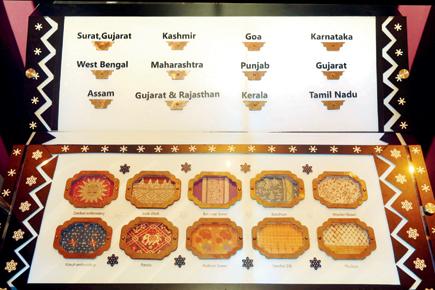
Textile Exhibition
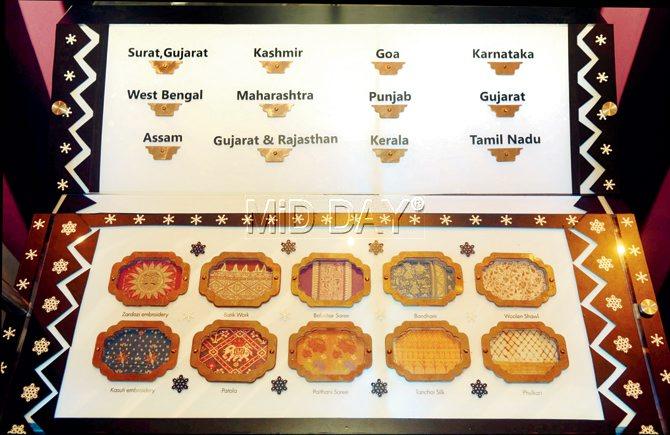
An interactive game in the Indian Textile and Costume gallery at the Chhatrapati Shivaji Maharaj Vastu Sangrahalaya, where one has to match the textile piece with its state of origin. Pics /Sayed Sameer Abedi
ADVERTISEMENT
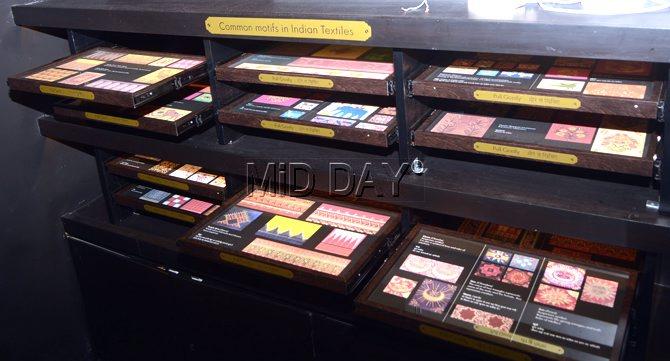
“India was like the Manchester of the East, and textiles from India were exported. In this collection given to us by Tapi Collection, one can see textiles exported from India to countries including Indonesia and Thailand,” informs Nene.
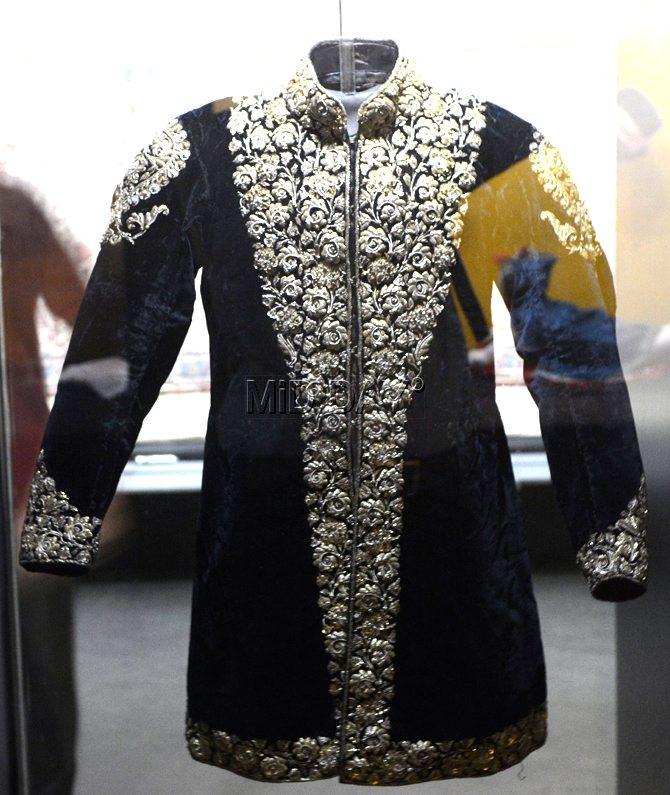
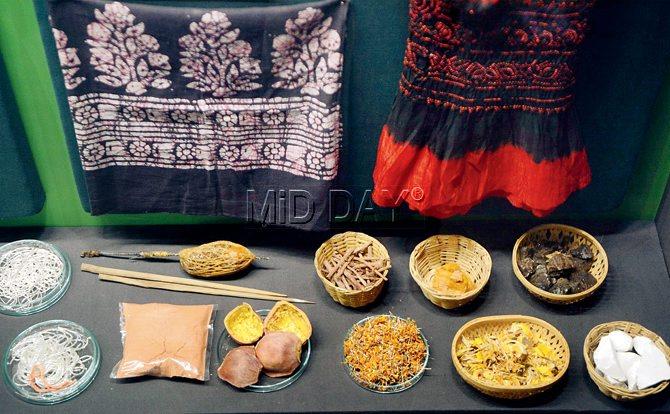
Apart from different styles of embroideries, India also boasts of different dyeing styles such as batik and bandhani. Seen here are different elements used to create natural dyes.
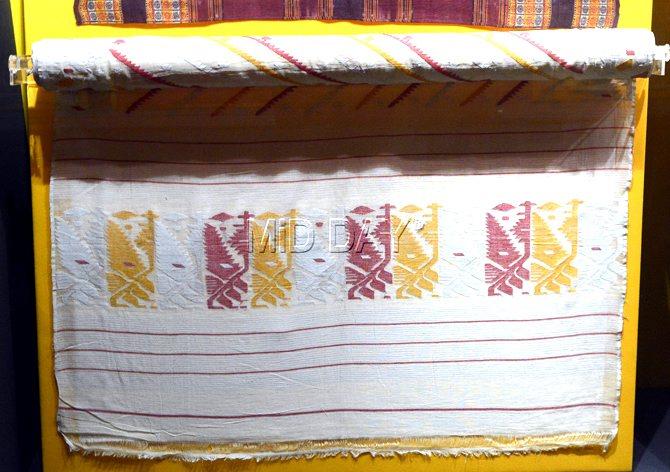
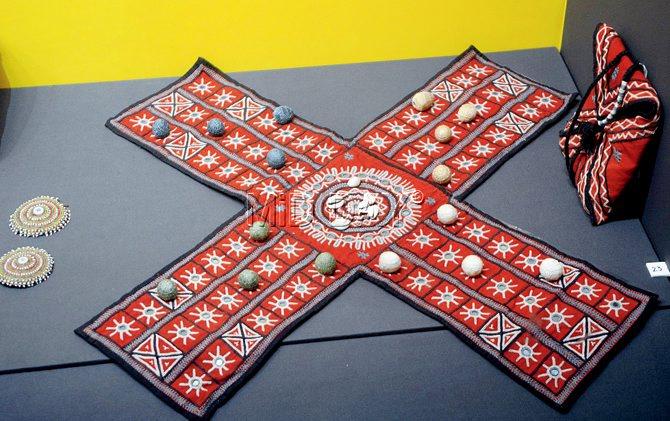
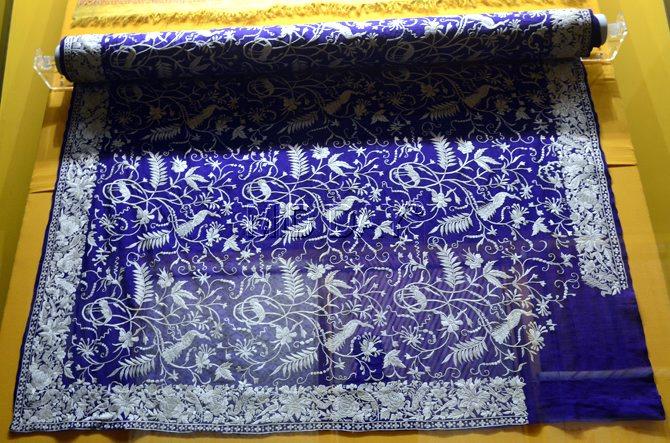
Textiles are used in India to create home decor and even recreational pieces. The beadwork of Gujarat is used to create everything from hand fans to wall hangings.
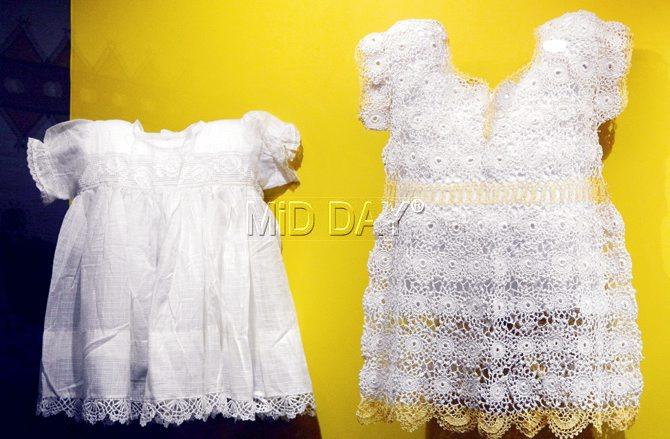
“In India, textiles are heirloom pieces, fragrant with memories. They form a part of various rituals in different communities; from birth to death. Hence, we felt, to give a structure to the many pieces of the collection, we could show the journey of textiles starting from the birth of a child,” says Manisha Nene, assistant director (gallery), the co-curator of the exhibition. The first section displays clothes worn by children from different communities and also how Western influences made way into the way of dressing in the form of (extreme left) frocks, laces, crochet, and even dolls that children played with.
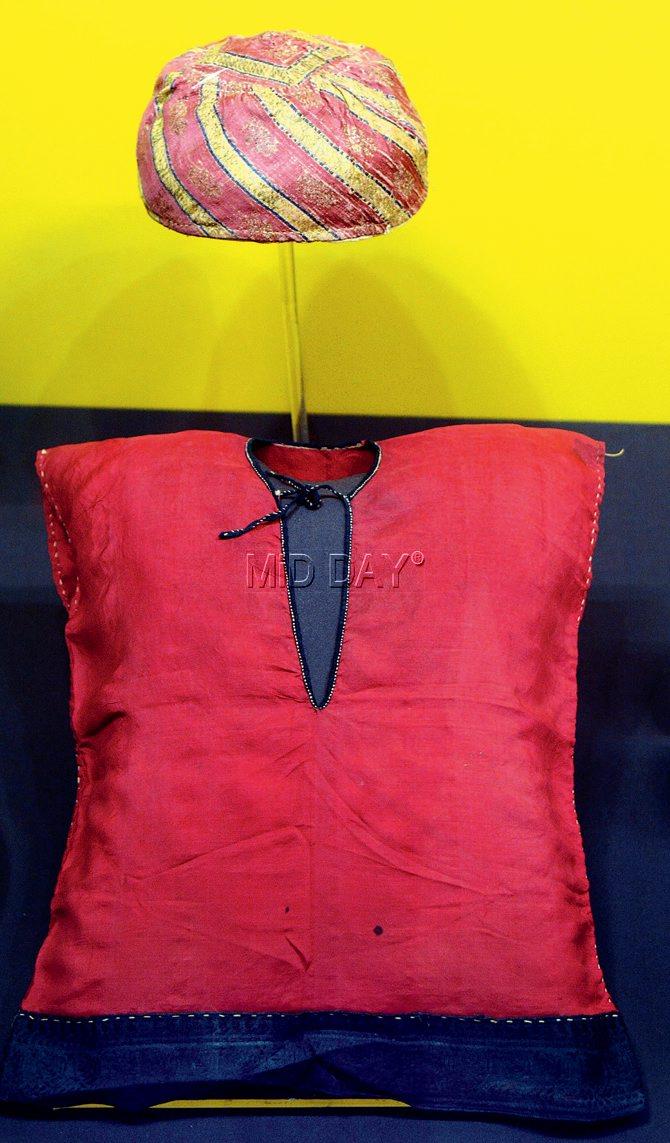
(Left) The prized piece of the section and the gallery is the ‘jhabla’ and cap worn by industrialist Jamsetji Tata on the sixth day after his birth. The garment was fashioned from silk that was already more than 50 years old then. pics/Sayed Sameer Abedi
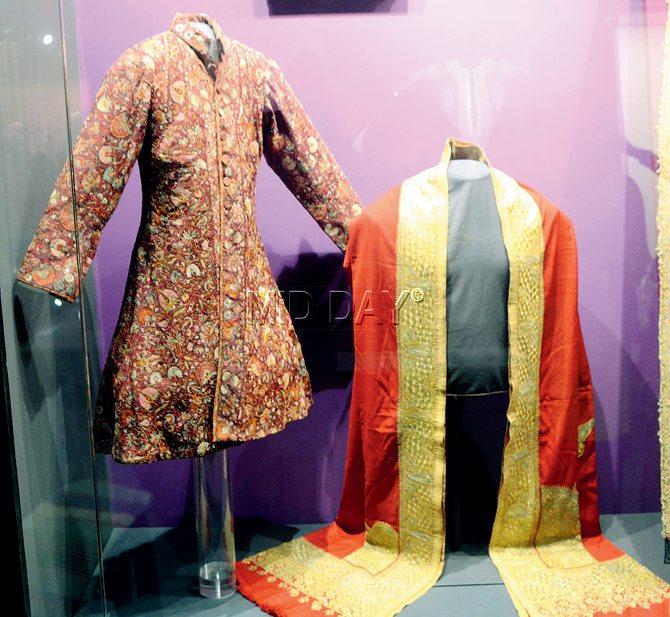
Kashmir is known not just for its pashmina shawls but also for its delicate embroidery style. The main motifs in Kashmiri embroidery have always been flowers and vines.
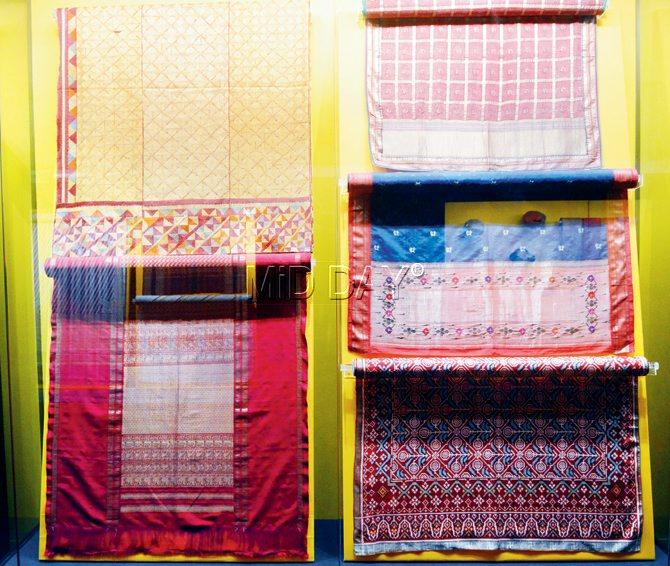
This section displays saris and textiles worn mainly for weddings and special occasions such as the phulkari embroidery from Punjab (clockwise from top left corner) the gharcholu worn by a Gujarati bride, the paithani of Maharashtra, patola sari and brocade.
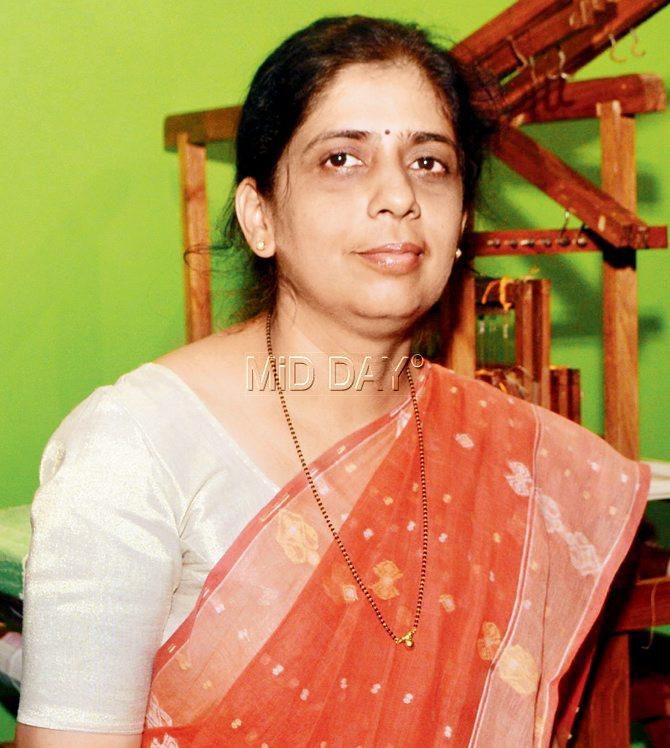
The Gallery has been co curated by (in pic) Manisha Nene, assistant director (Gallery) and Vandana Prapanna, senior curator.
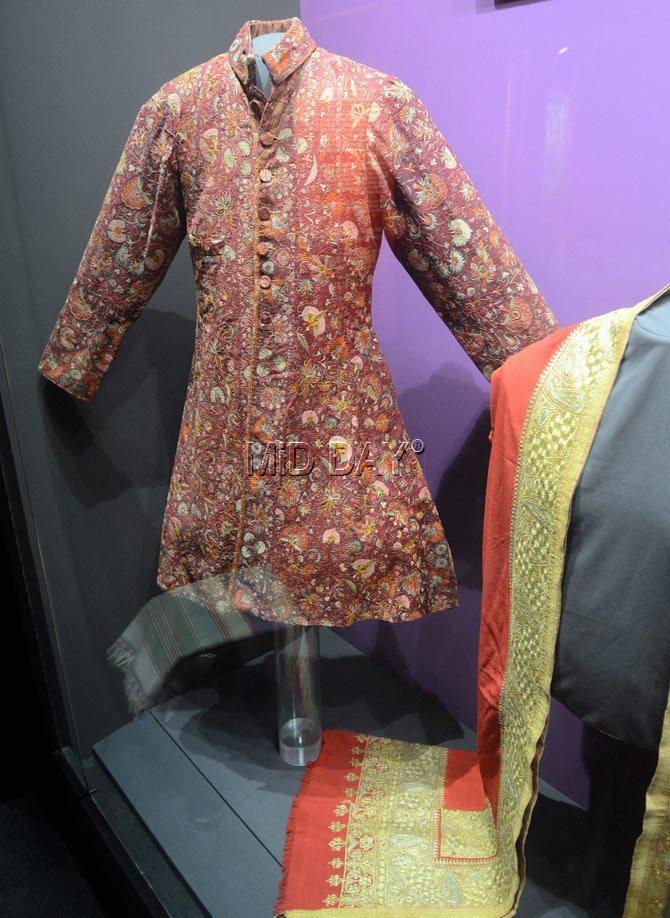
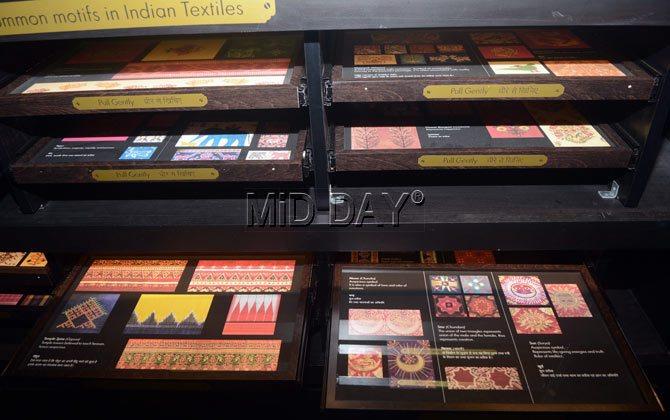

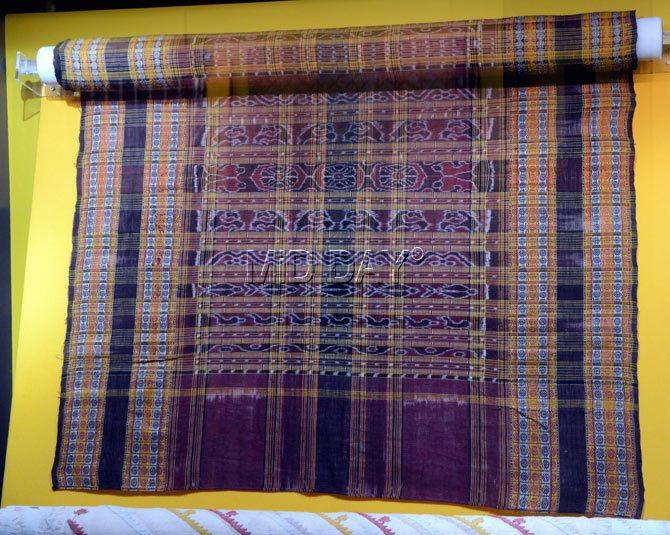
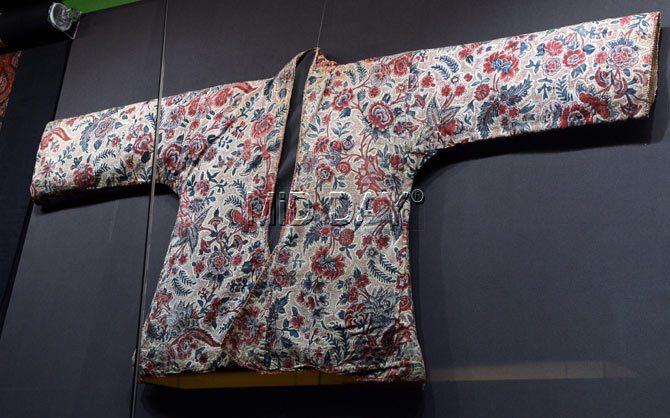

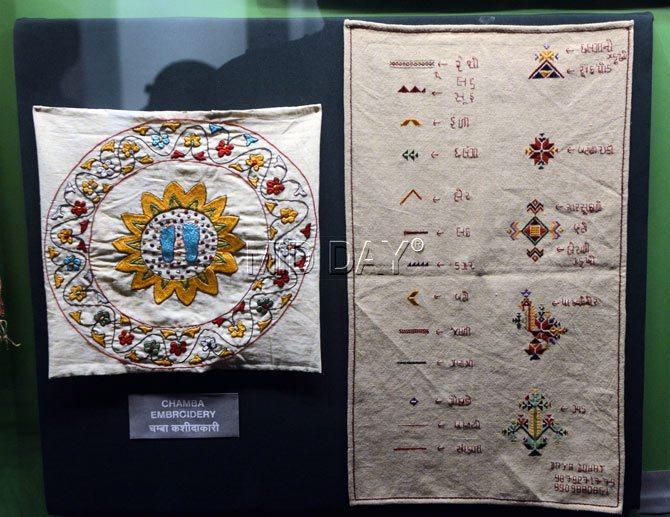
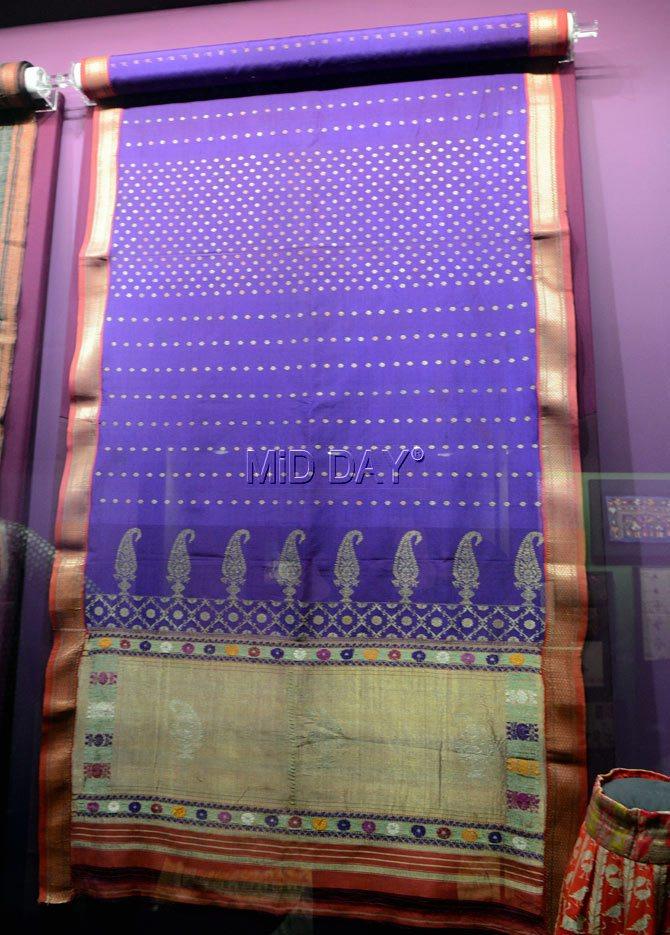
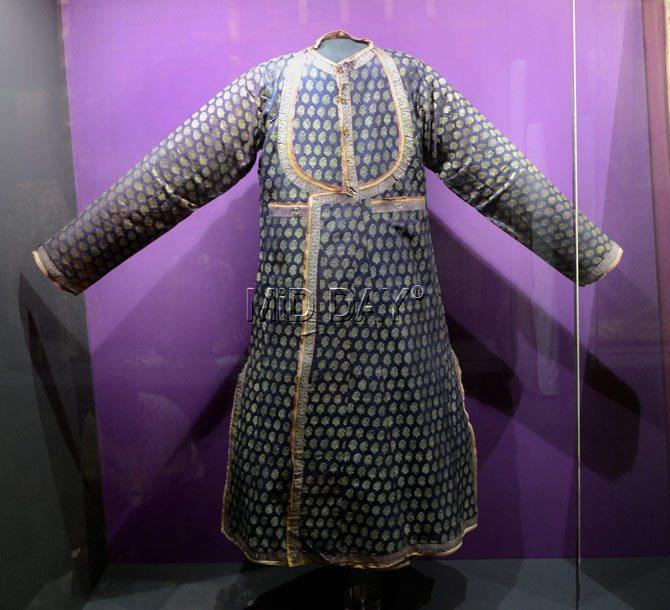
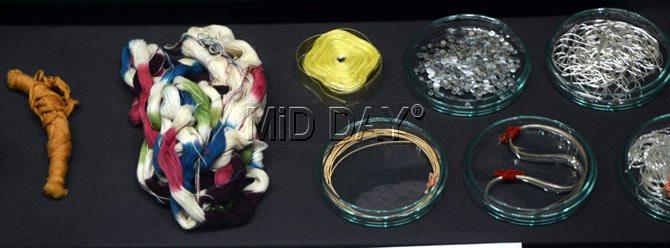
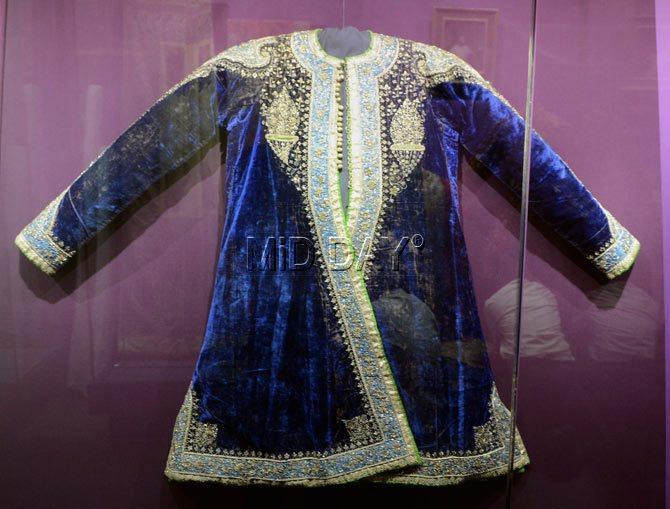
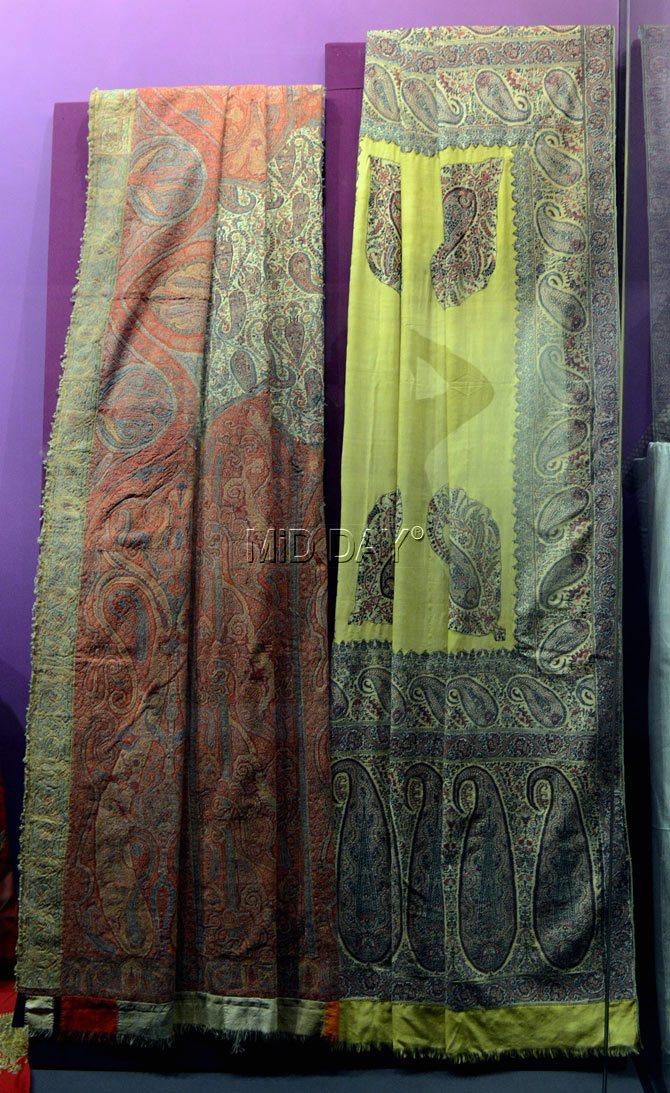
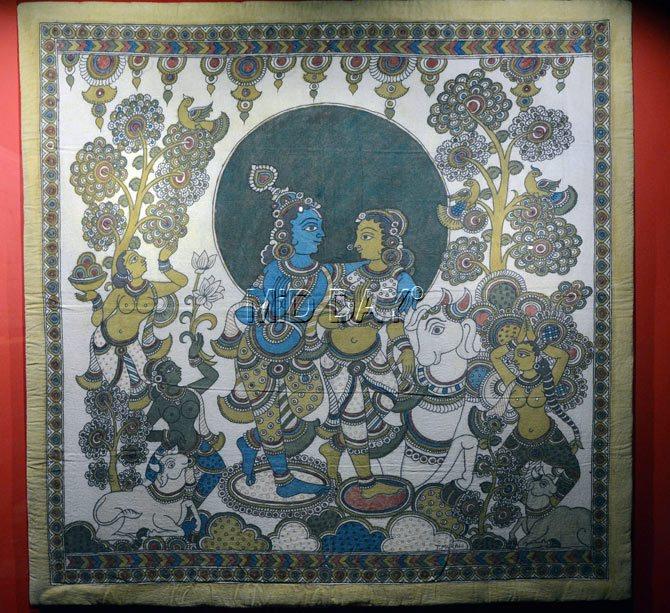
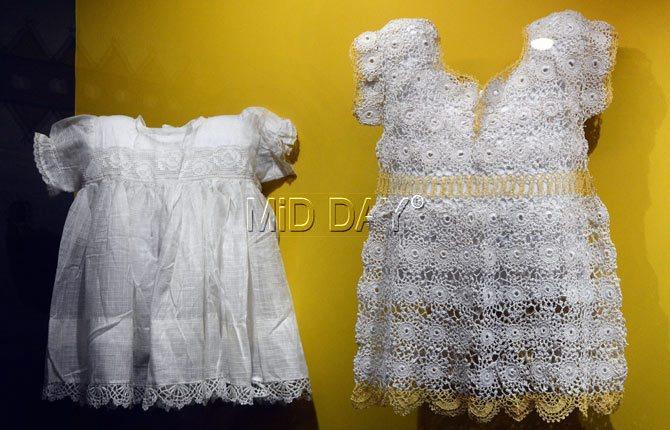
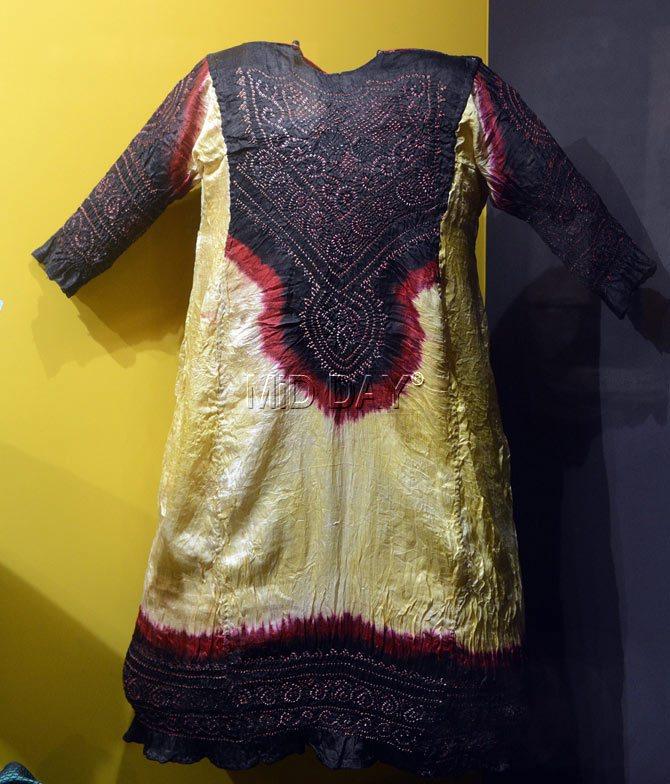
 Subscribe today by clicking the link and stay updated with the latest news!" Click here!
Subscribe today by clicking the link and stay updated with the latest news!" Click here!






